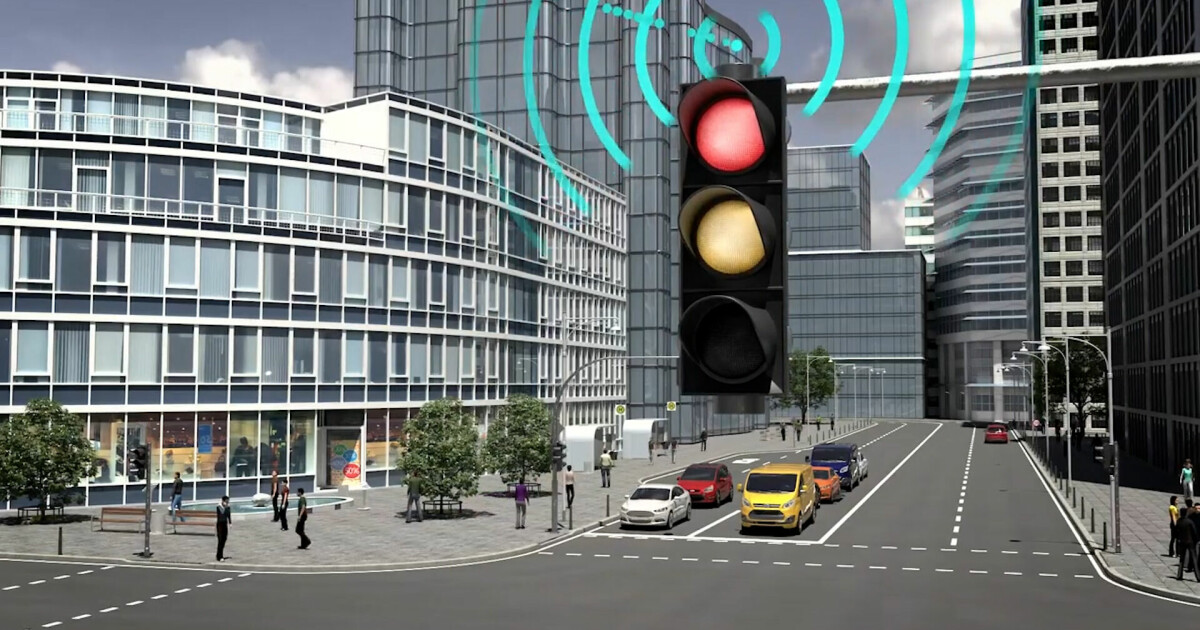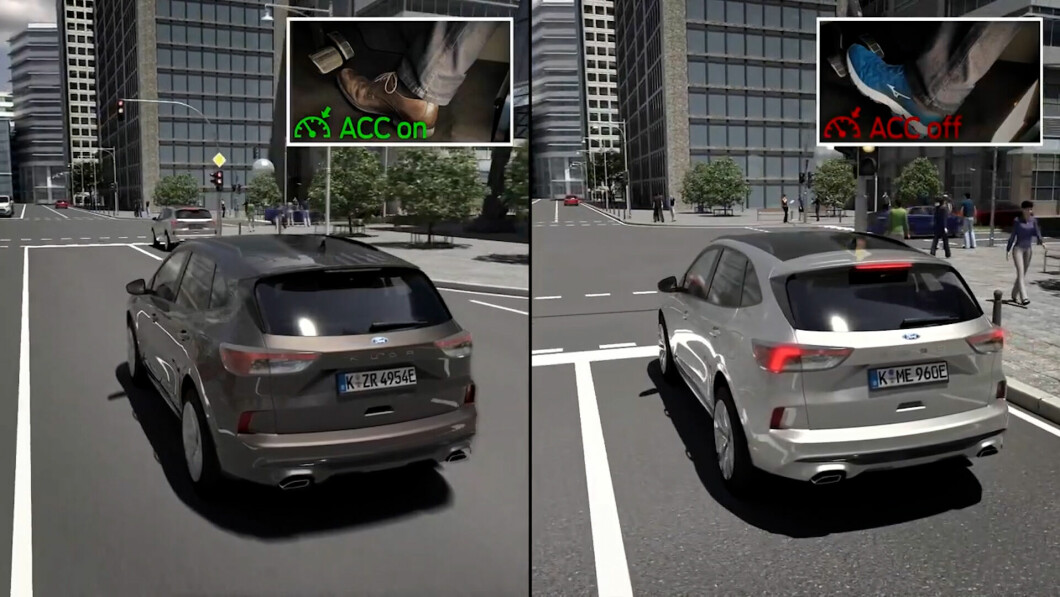Cars are getting smarter – and getting technology that can be used for a number of different purposes. We already have many cars on the roads that can communicate with each other independently of the driver – for example, warning of accidents, obstructions or the danger of slippery roads.
Ford is now working on a major project where connected and automated cars will communicate with road network infrastructure. Among the things they are testing is connected technology that automatically changes traffic lights from red to green for ambulances, police and fire engines that need to get there as quickly as possible.
Eight consecutive traffic lights
This technology also reduces the risk of collisions at traffic lights as a result of emergency vehicles driving at a red light.
The last thing emergency drivers need, whether it’s a fire engine to put out a fire or an ambulance en route to an accident, is to end up in line at a traffic light where they have to wait for the green light, says development engineer for automated driving at Ford Europe Martin Sommer.
To test the technology, Ford used a stretch of road with up to eight light-controlled intersections in a row in the German city of Aachen. Two stretches of road on the outskirts of the city with three consecutive traffic lights were also arranged for trial by project participants.
This is how cars and trucks should talk to each other
Many new opportunities open up when cars can communicate with their surroundings.
slow down
The concept car, the Ford Kuga plug-in hybrid, was equipped with a device that would allow it to connect to the infrastructure. The car worked as both an emergency car and a regular car during the trials.
To simulate an emergency, a signal was sent from the vehicle to a traffic light to change it to green. When the car passed the traffic light, the traffic lights returned to normal.
When the traffic light turned red, the technology also caused the car to slow down earlier, in order to avoid sudden braking and to move as far as possible.
With this, Volvo has managed something incredible
The use of new technology can also provide better flow in traffic, by giving cars early warning of what is happening in front of them.
Make the traffic flow smoothly
The communication technology used between cars and traffic lights is Type C-V2X (Vehicle Cellular for Everything). This is a platform that connects cars to the infrastructure along the road and to other vehicles and road users.
The goal is to reduce the risk of accidents, and at the same time make the traffic flow more smoothly. This in turn reduces emissions from traffic.
Ford engineers tested this system as part of a larger project funded by the German government, with the support of several public and private partners.
Speaking of safety: did you know this is mandatory in all new cars?
Video: Here the car discovers that it will crash soon

“Web specialist. Lifelong zombie maven. Coffee ninja. Hipster-friendly analyst.”





